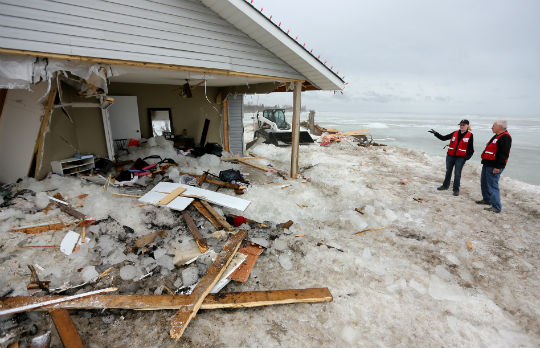Know the Risks in Your Community

In Canada, there are many hazards that affect people daily. They range from home fires and floods to ice storms, wildfires and power outages. Knowing the hazards and understanding how you and your community are at risk will help you be prepared.
Statistics show that only 1 in 6 people will take all of the preparedness actions:
- Know the risks.
- Make an emergency plan.
- Get an emergency kit.
Being prepared means thinking about the possibilities. Knowledge and planning do not cost anything but our own fears may prevent us from considering hazards and their impact.
Consider if you live alone or with a family; if you have children or people who need additional support due to health or mobility issues; if you live in a high rise, a basement apartment or a house.
All of these factors, and more, will influence what you need to know, how you plan and what you need in your preparedness kit.
As a family, discuss what types of disasters are most likely to happen in your community. For more information on how to identify your risks:
- Call your local municipality and ask what types of hazards are common in your area and the emergency plans in place including shelters and evacuation routes.
- Consider your context and how your family may be exposed to these hazards.
- Consider how you may be vulnerable to risk, taking into account your own skills and your capacity to reduce the impact.
- Download the Be Ready brochure (2 pages)
- Download our free Expect the Unexpected Guide for Parents
- Download the fillable Emergency Plan to guide you with the information and tools you need to be better prepared
Visit getprepared.ca and other websites to learn more about your exposure to hazards, your family’s special needs and how you can help others.
Part of being prepared is understanding the stress disasters add. Learn More












